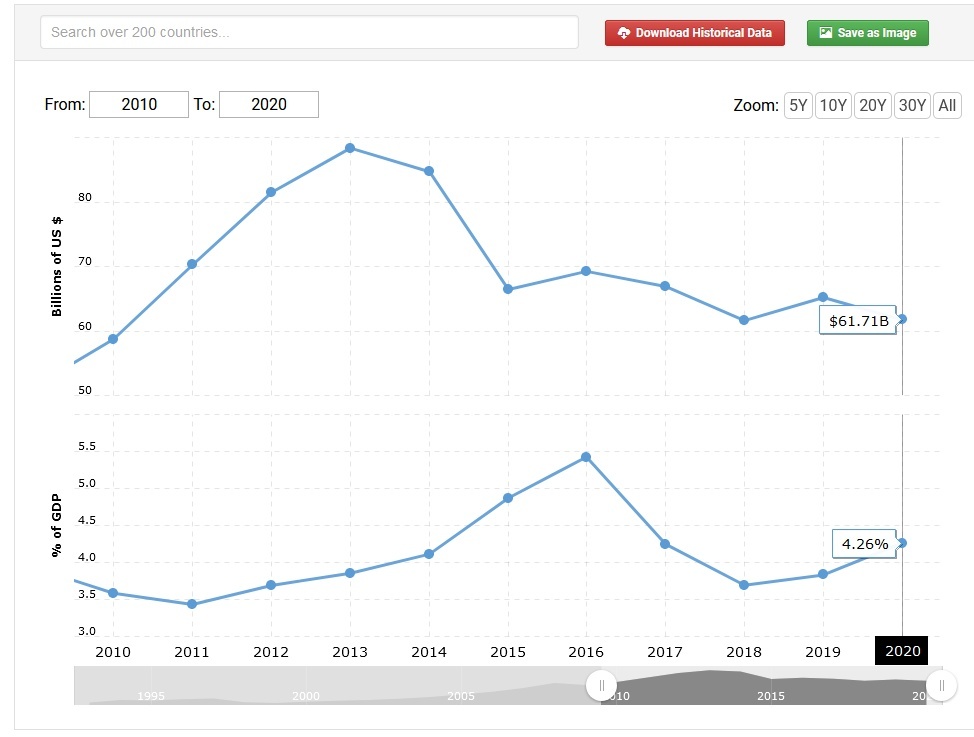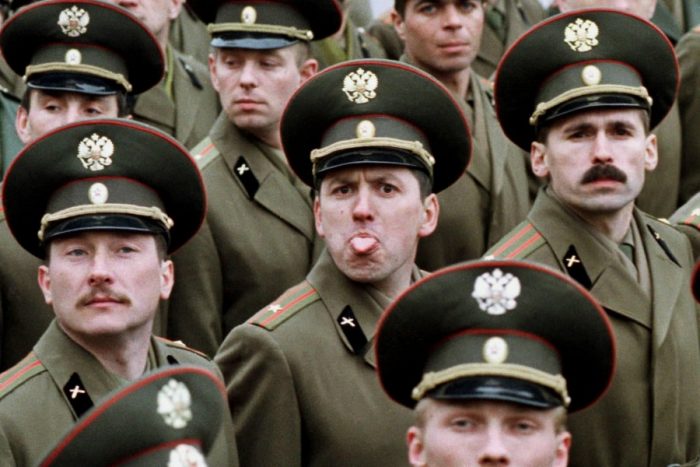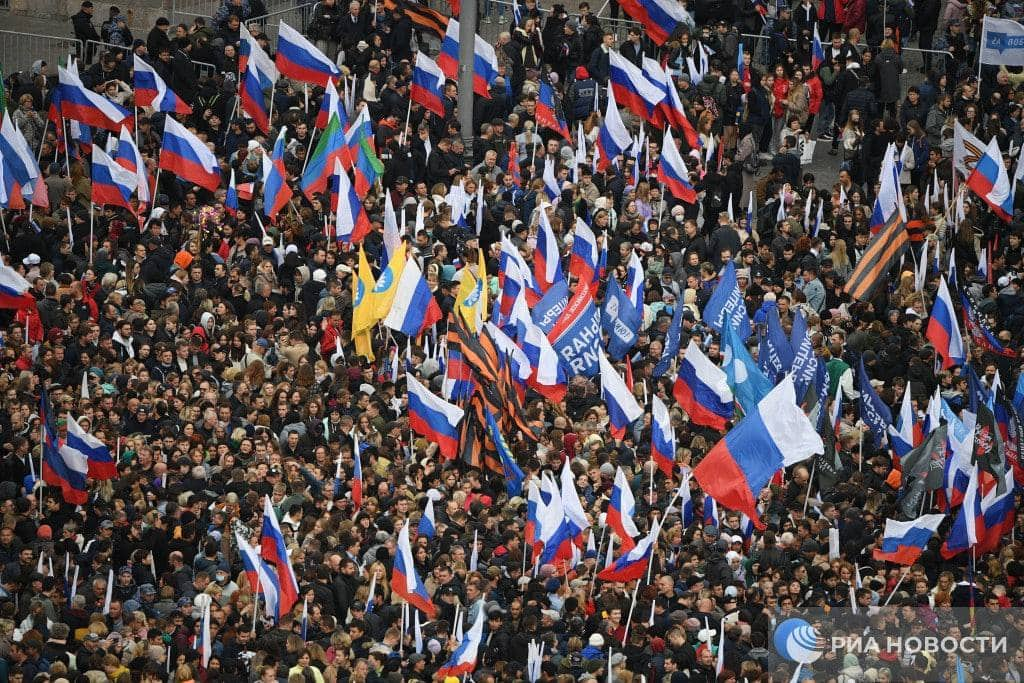K
kamm
Guest
Szamodra.Most nem azért, de ez egy kontextus nélküli kép. Készülhetett volna akár 2 hete, de akár 2 éve is.
Illetve nem tudjuk, hova utaznak. Nem tűnnek kétségbeesettnek…
Ja, és ha tényleg ennyien próbalnának menekülni a szolgálat elől, nem gondoljuk, hogy a katonai rendészet (meg a rendőrség) ott strázsálna már a reptereken??
Hülyeség.
Mindenki masnak teljesen egyertelmu, hogy (egyelore) nem kenyszersorozasrol van szo, igy aztan aki teheti, menekul.
Ha eltel volna szovjet-azsiai-kommunista rendszerekben (pl Kadar-rendszer), akkor tudnad, hogy a legelso szabaly mindig az volt, hogy addig kell lelepni, amig lehet, avagy hogy semmi sem tart nemhogy orokke, de akar egy napig sem, minden lehetoseget ki kell hasznalni... otvaros egy rendszer volt, ez is az lehet.








